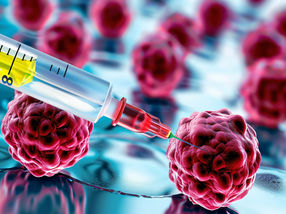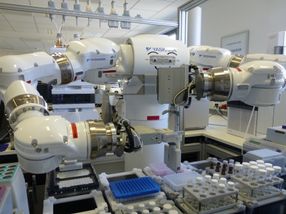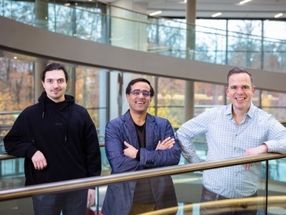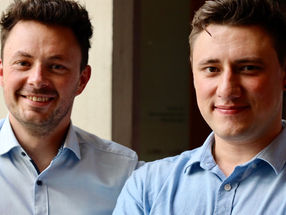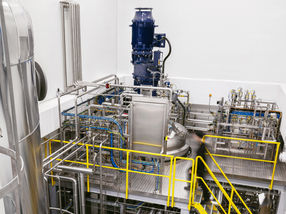Sense Proteomic announces the first array of functional proteins for the cancer research market.
23-Jan-2002
Sense Proteomic Ltd, Cambridge, UK announced today that its first functional
protein array product to aid in cancer research is now available. Expressarray[tm]
p53 contains wild type and mutant forms of the human tumour suppressor protein
p53, immobilized in a microarray format. This product is also the first array of full
length, functional proteins to enter the marketplace and is therefore a landmark for
the emerging protein microarray industry.
Each mutant protein in Expressarray p53 contains an amino acid change encoded by
a germ-line single nucleotide polymorphism (SNP). These inherited mutant p53
proteins are implicated in soft tissue cancers such as breast, prostate and ovarian
cancers. The functional proteins in Expressarray p53 can be interrogated for the
effect of the SNPs on p53 biological activity and, importantly, the array can be used
to screen for new chemical entities that restore the anti-cancer function of mutant
p53s.
"Expressarray p53 is the foremost of our exciting range of protein array products",
said Dr. Rhian Hayward, Product Manager for Sense Proteomic. "We have combined
our proprietary recombinant protein and microarray technologies with SNP
information to deliver a high throughput functional proteomics tool for cancer
research. We are delighted to bring such a high quality product to market and expect
considerable interest".
Dr. Roland Kozlowski, CEO of Sense Proteomic, said, "This product represents a
unique opportunity for scientists to exploit the power of functional proteomics in
drug discovery and highlights Sense Proteomic's leadership in this field through
placement and usage of the first array of truly functional proteins."
Expressarray p53 is manufactured by the Genetix Group plc (LSE: GTX) as part of a
production Agreement with Sense Proteomic for protein array products.
Other news from the department research and development

Get the life science industry in your inbox
From now on, don't miss a thing: Our newsletter for biotechnology, pharma and life sciences brings you up to date every Tuesday and Thursday. The latest industry news, product highlights and innovations - compact and easy to understand in your inbox. Researched by us so you don't have to.
Most read news
More news from our other portals
Last viewed contents

eretec Laborplanung GmbH & Co. KG - Gummersbach, Germany
Go to page
Nationwide Children's Hospital - Columbus, USA
Go to page
Chemnavigator and Biospace to integrate chemical structure and clinical development tracking systems - Combined system to make use of clinical development information in early drug discovery decisions
Go to page

LemnaTec GmbH - Würselen, Germany
Go to page

LemnaGene SA - Dardilly, France
Go to page

SPX Flow Technology Norderstedt GmbH - Löhne, Germany
Go to page
Stockholm-Uppsala Professor receives prestigious cardiovascular award - Prof Lars Wallentin awarded Gold Medal at the European Society of Cardiology Congress 2010
Go to page
Pharmexa obtains global license to Provax® from Biogen Idec
Go to page
Innogenetics NV to distribute genetic testing products in Europe for Third Wave Technologies Inc.
Go to page
University of Nottingham and BioFocus sign compound management agreement
Go to page
Teva and Lonza Announce Strategic Partnership
Go to page
Cellectis receives the 2009 INPI National Innovation Award
Go to page


